I recently experienced the joy of photographing and botanising some wild daffodils at Ty Mawr Country Park in the Vale of Llangollen, not far from the banks of the River Dee. In this blog entry, I am going to introduce some interesting facts about our native daffodil as well as useful diagnostic criteria for how to identify this lovely little plant.
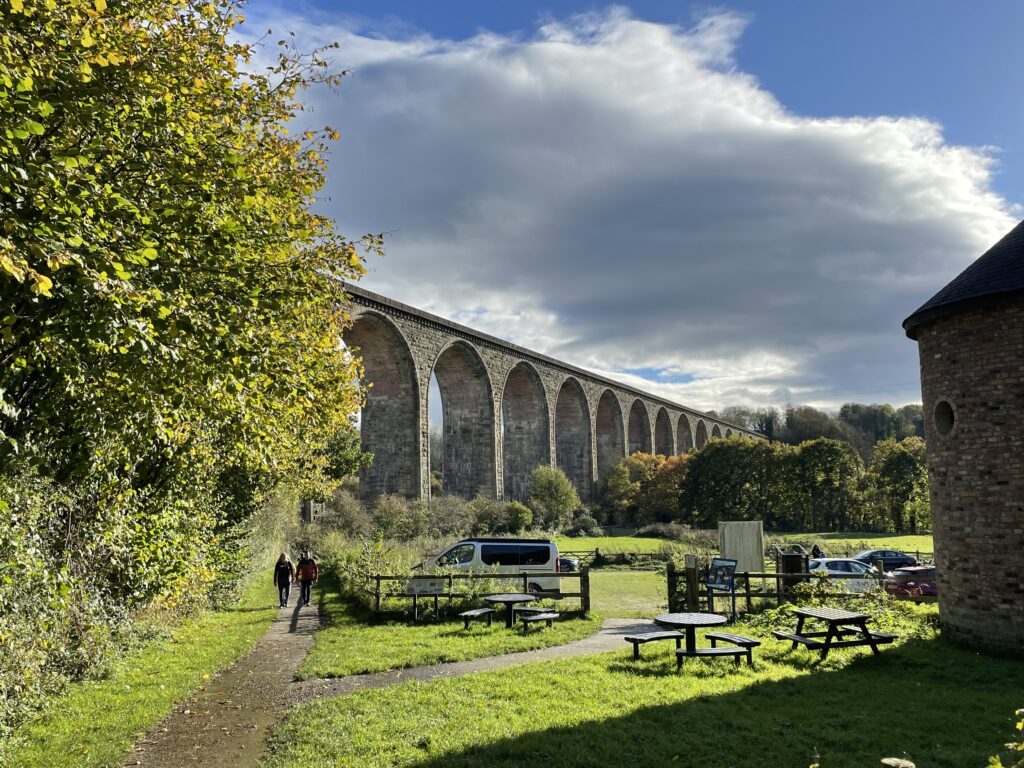
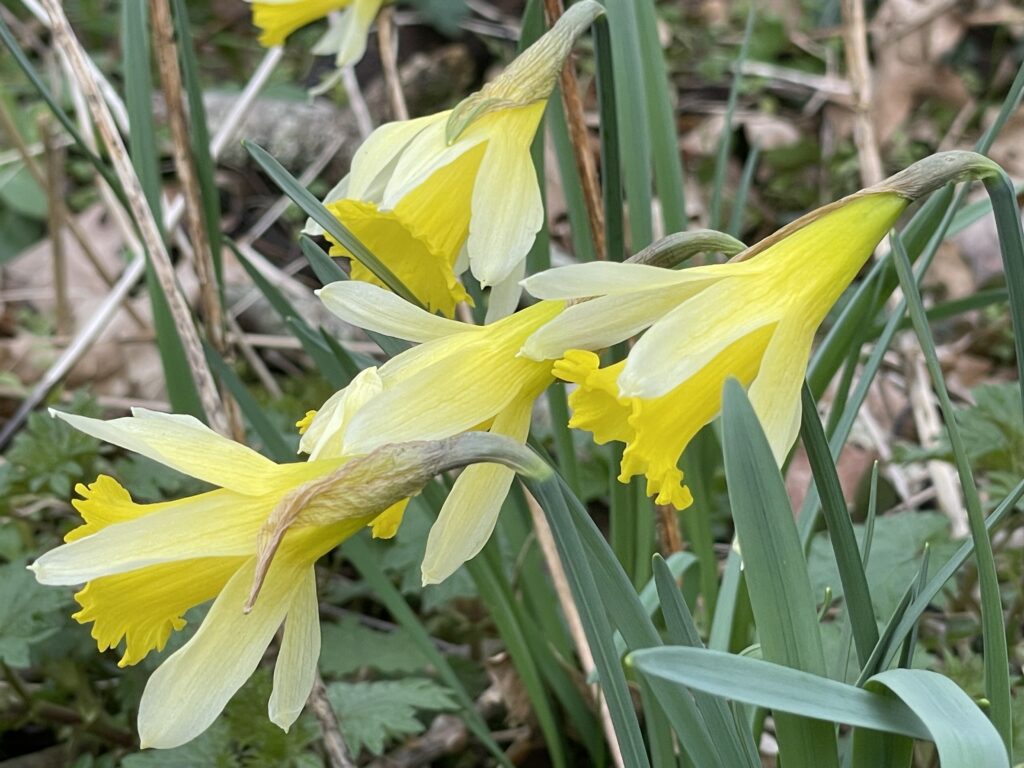
I am writing this post on Easter Sunday. This chimes perfectly with the symbolism of the daffodil around resurrection and rebirth; as well as annunciation. The yellow hues of the daffodil certainly announce the onset of Spring and the evolution of one season into another. The daffodil is also the symbol of self-esteem, excessive self-love, vanity, and egoism. Daffodils are certainly beautiful and never lacking in self-confidence! In Greek mythology, Narcissus, was a beautiful nymph who looked into some water and fell in love with a reflection of himself. He became self-obsessed and withered away and died; eventually becoming an actual Narcissus!
If you were unlucky to live in medieval times, it was believed that if a daffolidl drooped while being looked upon yout time on this earth was up. A bit harsh. Being the flower of the underworld chicken farmers woud not allow daffs into their homes for fear their hens would not lay and their eggs would not hatch. The daffodil has not always had it easy.
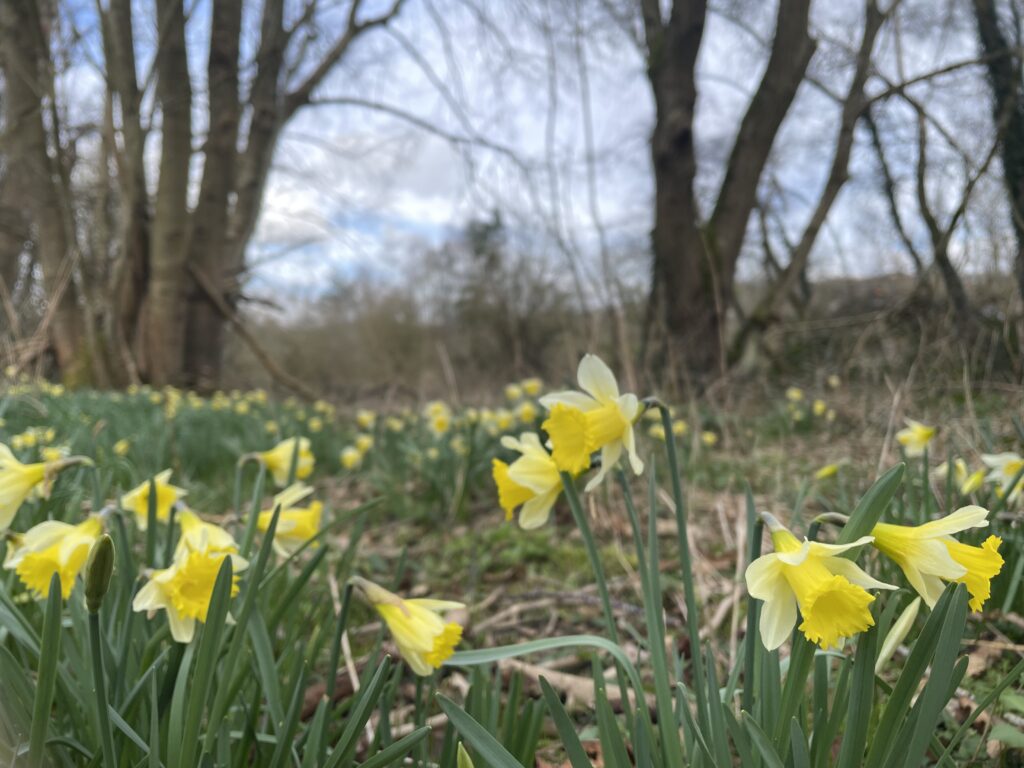
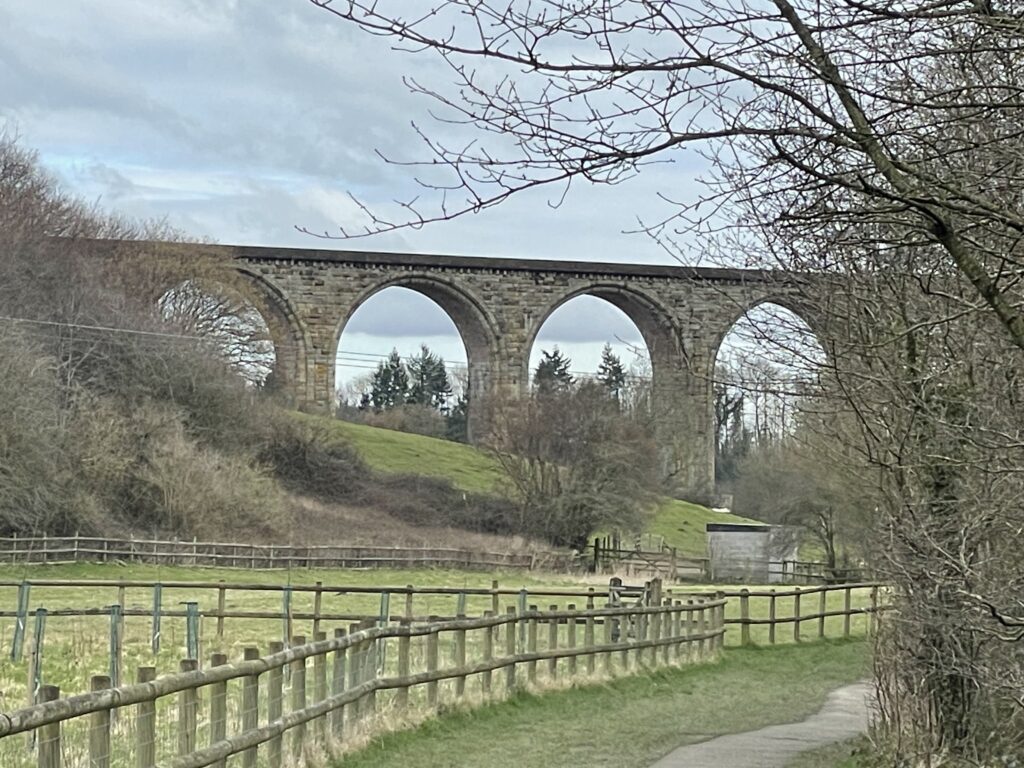
The latin name for out native daffodil is a bit of a mouthful: Narcissus pseudonarcissus ssp. pseudonarcissis. I found these specimens growing in open woods as they tend to like damp habitats and mildly acid soils. They are widely naturalised throught the UK but for some reason are absent in Ireland.
The daffodil can be found in the plant family Amyrillidaceae. This is a plant family of around 60 genera and 850 species. This family includes Amyrillis, Nerine and Galanthus (snowdrop). The main features of plants in this family are bulbous and perenial herbs. They usually have scapose, umbel-like inflorescences and distichious, simple and often linear leaves. In the image on the lower left you can see the spathe (the brown papery material found at the base of the flower; a large bract subtending and which ensheaths the flower. The flowers are umbel-like and pedicellate (flowers grown at the end of stalks or pedicels). You can also see the distichious leaves (arranged in two vertical rows). In the image on the lower right you can see the linear grooves running through the leaf as well as lots and lots of tiny stomata! (holes where oxygen and carbon dioxide are exchanged).

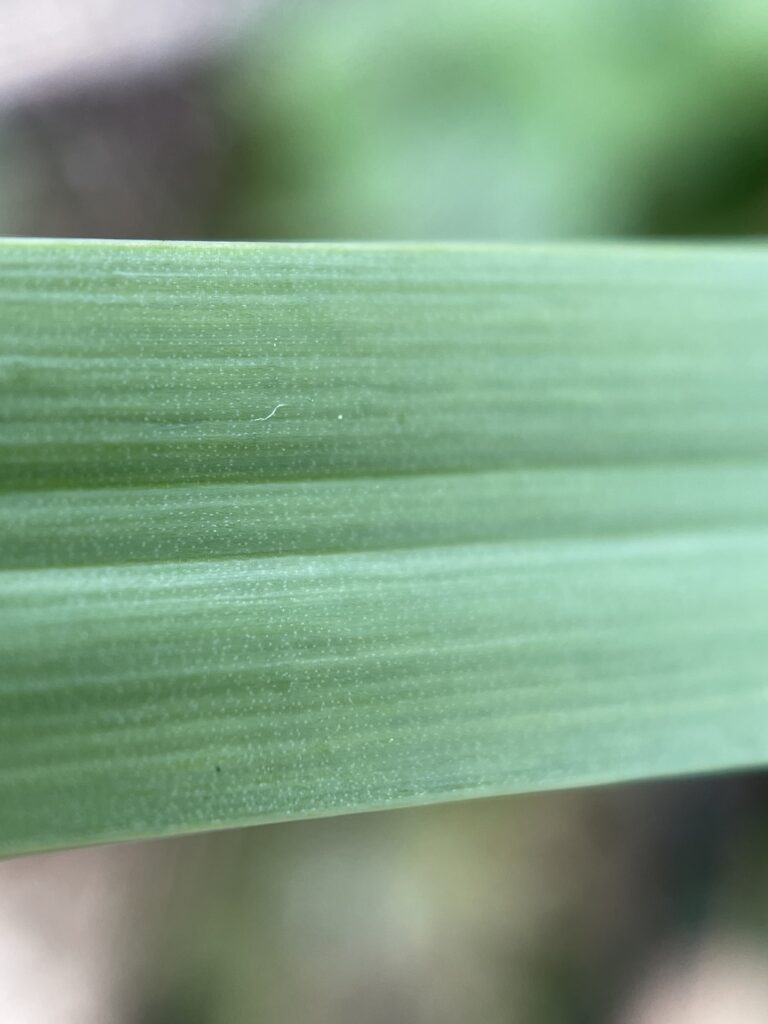
The flowers in this family are described as having 3+3 petaloid tepals. When is a petal not a petal? When it’s a tepal! The flowers of this plant family evolved from an ancestor which had 3 petals and 3 sepals. Over time, the sepals have evolved to look like petals – and for all intents and purposes they look like petals, but they are referred to as tepals to reflect their evolutionary origin. In daffodils, the 3+3 tepals are completely identical, but if you look at the snowdrop (Galanthus sp.) you can clearly see 2 sets of different modified tepals (3 outer white and 3 inner smaller green). The images below also show the other diagnostic features of the family: a conspicuous corona (trumpet), 3+3 more or less equal stamens, and an inferior ovary (the ovary is ‘below’ the tepals).


Narcissus pseudonarcissus ssp. pseudonarcissus is our only native daffodil, but there are others that have become naturalised in the British Isles. From below left to tight, they include: the Spanish Daffodil Narcissus pseudonarcissus ssp. major, the Tenby Daffodil Narcissus pseudonarcissus ssp. obvallaris, and Pheasant’s Eye Narcissus poeticus. In the native daffodil the corona (trumpet) is about as long as the tepals. This is a clear distinguishig feature from the Pheasant’s Eye (below right) which has a much shorter corona. The wild daffodil differs from the Spanish and Tenby daffodil by virtue of the fact that the tepals are a paler shade of yellow than the corona. In the Spanish and Tenby daffodil the colour in the tepals and corona are a uniform vibrant yellow.
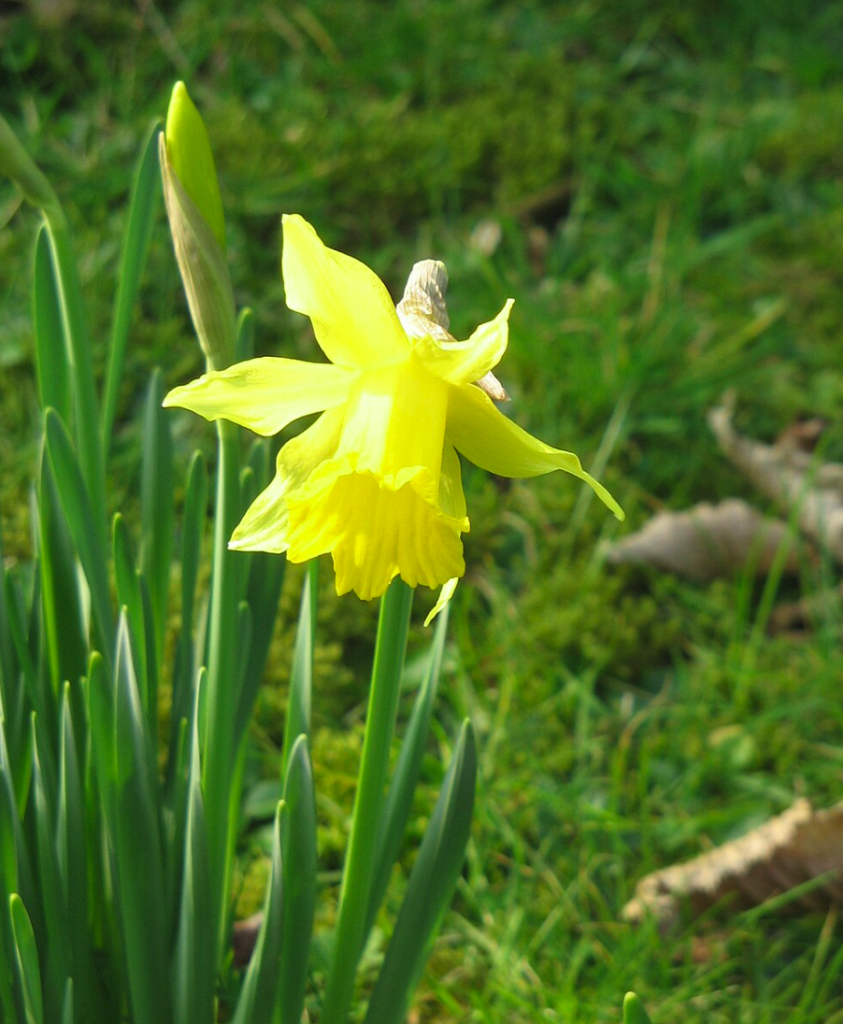
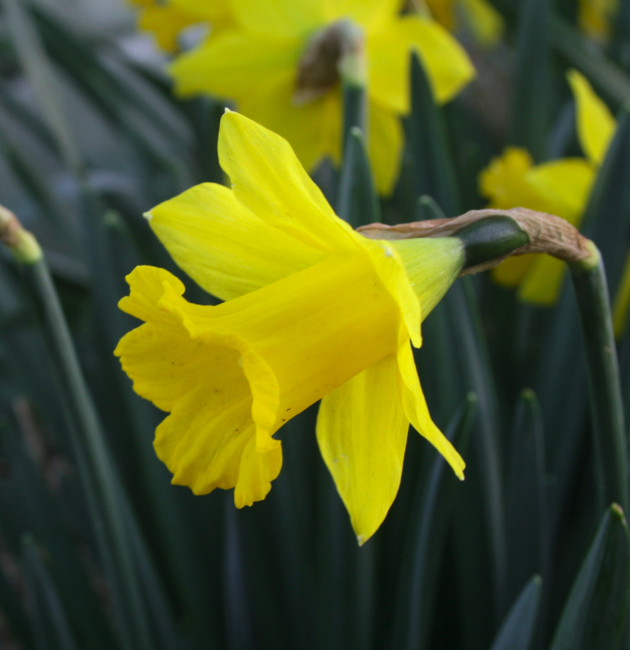

I hope everyone is enjoying the extra hour in the evening and thank you for reading!

